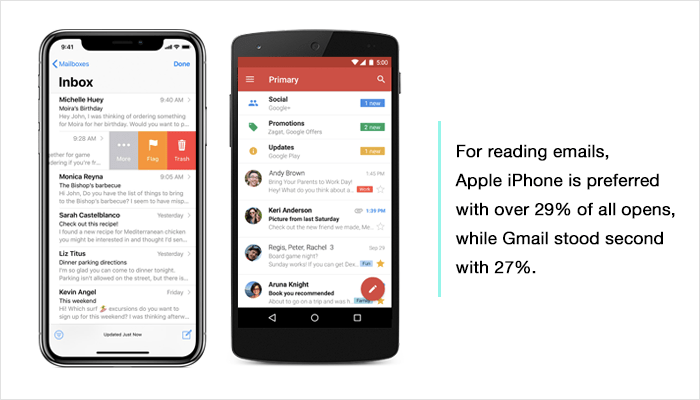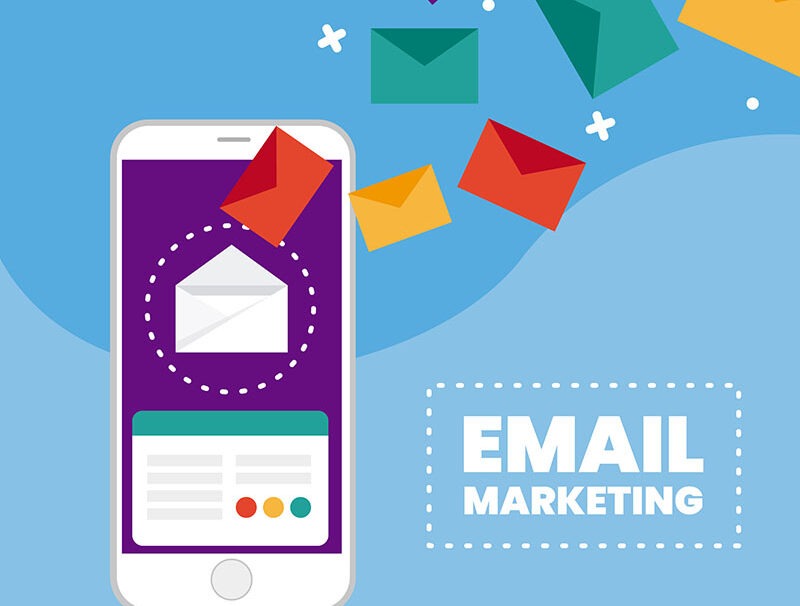Email Marketing is now the most famous and effective marketing in digital marketing. But nowadays people are more focused in Mobile email marketing. Lets see some facts about mobile email marketing.

- 66% of emails are read on either tablets or smartphones. (Marketing Land, 2015)
- 75% of Gmail clients access their mails on smartphones. (TechCrunch, 2015)
- 48% of emails are opened on a mobile device. (Movable Ink, 2015)
- 41% of emails are read on an iPhone. (Movable Ink, 2015)
- 39% of marketers have zero strategy for mobile email. (eConsultancy, 2012)
- Women click 10% more often than men on smartphones. (Tailored Mail, 2012)
- However the quantity of new Internet users is developing at less than 10% per year, the quantity of new mobile device subscribers is developing at a 20%+ rate. (Mary Meeker, 2014)
- Smartphone email will account for 15% to 70% of email opens, depending on your target audience, product, and email type. (MarketingProfs, 2017)
- Replies sent from mobile device are 54% quicker than those sent from PCs. (MarketingProfs, 2017)
- In 2017, 2.282 million people access their email via their smartphone. (MarketingProfs, 2017)
- B2C emails get 57.4% more opens on smartphone than B2B. (MarketingProfs, 2017)
- Webmail and desktop opens have consistently dropped throughout 2015, each falling 13% since January. (Litmus, 2015)
- The iPhone is the most favored platform in the mobile email area (60%) heeded by Apple iPad (21%) and Google Android (18%). (Litmus, 2016)
- Apple users are transient email readers; Ipad and iPhone offer a higher ratio with a 0-3 seconds email read measurement. (Movable, 2014)
- The most significant turn-offs individuals have with mobile email are: obtaining too many (44%), Not relevant (37%), Too small to read and interact with (32%), and Website and landing pages not mobile optimized (26%) and Not nicely formatted for mobile phones (21%). (LiveClicker and The Relevancy Group 2015)
It is inescapable that business and conditional messages are going mobile. Technology is moving at a fantastic speed, and we can’t see what will be embraced from now on. However, it clear is that not everyone representing things to come arrangements will incorporate email. So your mobile email methodology goes past only the actual email. Formulating a solid technique for tackle the force of mobile messaging, including the strength of email, can give marks the edge they need to remain on the ball.

